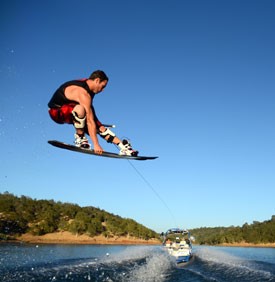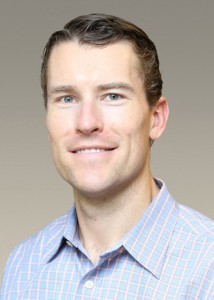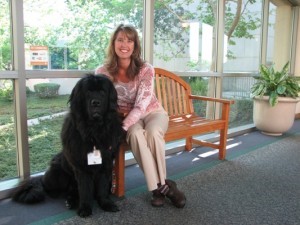 Local orthopedic surgeon, Jeff Bergeson, D.O., will join medical staff in Jinotepe, Nicaragua, when he volunteers his time and medical expertise with Ministry of Mercy, a non-profit, faith based charity that sponsors short term health mission trips to Nicaragua to provide much needed health services to men, women and children in the local villages.
Local orthopedic surgeon, Jeff Bergeson, D.O., will join medical staff in Jinotepe, Nicaragua, when he volunteers his time and medical expertise with Ministry of Mercy, a non-profit, faith based charity that sponsors short term health mission trips to Nicaragua to provide much needed health services to men, women and children in the local villages.
The July 20 medical mission will focus on providing orthopedic services for approximately 25 patients at Hospital Regional Santiago in Jinotepe. Sutter Auburn Faith medical staff Mary Nicosia, RN, Venae Crabtree, RN, Jake Thomas, imaging technician, medical student Keifer Bergeson, nursing student Miranda Reed, high school student Brecken Chorley, and Ministry of Mercy President John Nicosia will join Dr. Bergeson on this mission.
Dr. Bergeson will perform knee and shoulder arthroscopies on patients living in poverty and will train the physicians on how these procedures are performed. By training the hospital’s staff on arthroscopic surgery, many more patients will be able to receive this care once Dr. Bergeson and the Sutter nurses return home.
To ready for the trip, which is scheduled for July 20 through July 28, the group is collecting supplies and equipment from Sutter Auburn Faith Hospital and DePuy Orthopaedics, a global leader in providing healthcare solutions in orthopaedics, spinal care, sports medicine and neurosciences.
“Every one of our trips has been worthwhile,” said Mary Nicosia, who has been on several missions. In 2010, Ministry of Mercy visited the villages around the Carazo region of Nicaragua and conducted a statistical analysis of the area for breast and cervical cancer incidence. The medial team also taught self-breast exams and set up clinics for pap smears and other health issues for women, including counseling for abuse.
In 2011, a medical team that included Ted Bacharach, M.D., Nancy West, M.D., Diane Stevenson, RN, and Mary Nicosia, RN, volunteered with Ministry of Mercy to join medical staff in Cuidad Sandino, Nicaragua, and volunteered their time and services on a two-day health and wellness fair for women. There the Auburn based physicians and nurses provided HIV and cervical exams, taught self-breast exams and performed mammograms for a group of 72 women.
Dr. Bergeson feels these medical missions are extremely important, not only to reach patients who could not otherwise get this type of treatment, but also to train medical staff on new procedures that will improve lives and enhance health care in local villages.
For more information, please contact Mary Nicosia at 530-823-9015 or marantha200@hotmail.com.
 Adora Matthews, M.D., has been appointed as Medical Director for the Sutter Rehabilitation Institute (SRI). Dr. Matthews comes to SRI after a two-year stint as medical director for Carolina’s Rehabilitation Hospital in Florence, S.C., a 42-bed acute inpatient rehabilitation facility. She previously served as medical director for 13 years and associate medical director for two years, at the 88-acute bed inpatient hospital, HealthSouth Rehabilitation Hospital in Florence, S.C.
Adora Matthews, M.D., has been appointed as Medical Director for the Sutter Rehabilitation Institute (SRI). Dr. Matthews comes to SRI after a two-year stint as medical director for Carolina’s Rehabilitation Hospital in Florence, S.C., a 42-bed acute inpatient rehabilitation facility. She previously served as medical director for 13 years and associate medical director for two years, at the 88-acute bed inpatient hospital, HealthSouth Rehabilitation Hospital in Florence, S.C.






